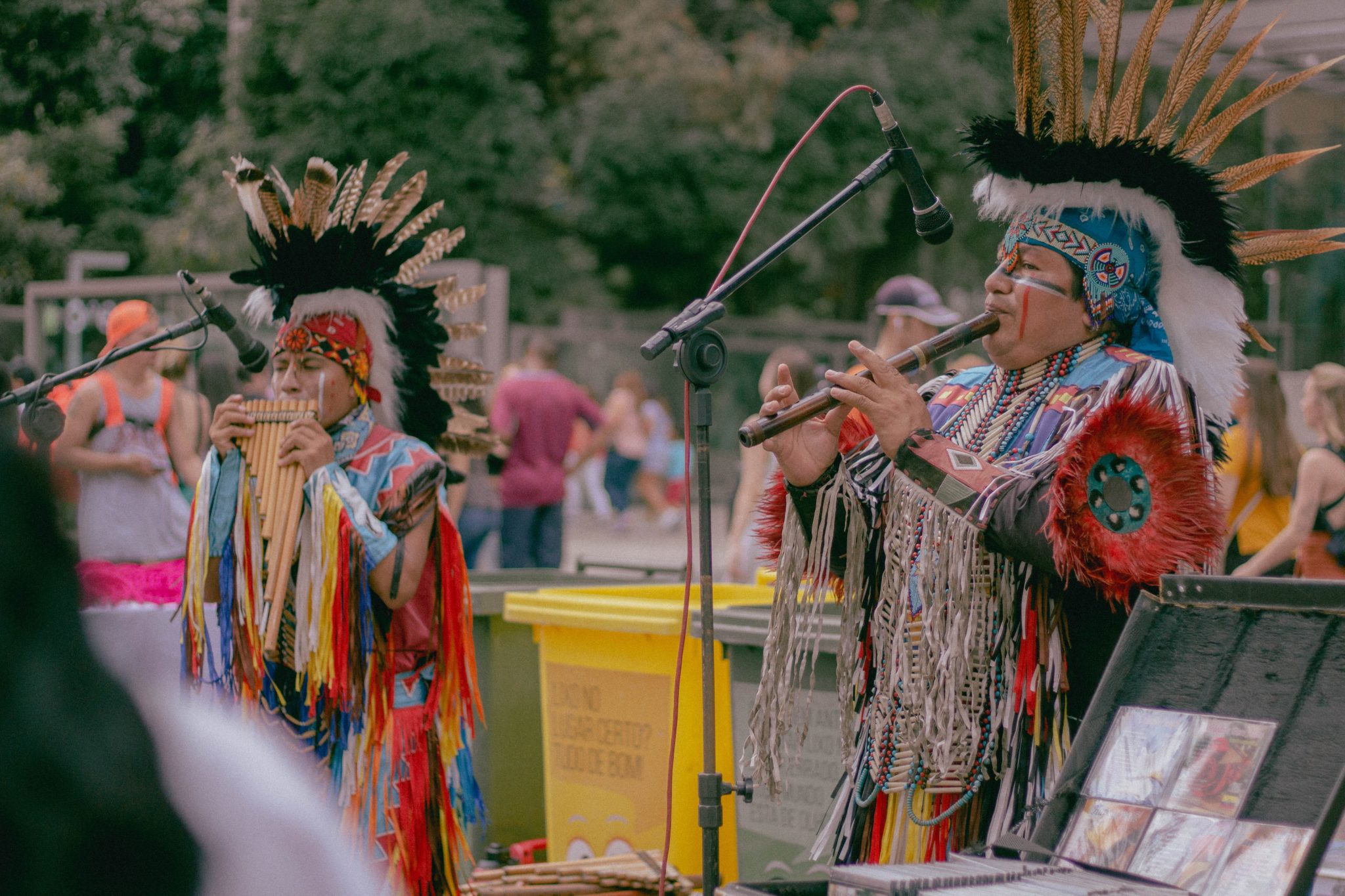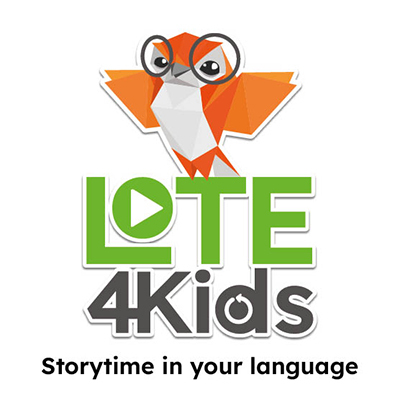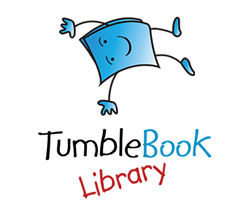Did you know that our state lies on the ancestral lands of the Chickasaw nation, the Otoe-Missouria tribe, the Illini tribe, the Osage nation, the Ioway tribe and the Quapaw tribe? Because the federal government does not formally recognize any Native American communities currently living in Missouri, we often forget about this part of our state’s history and culture. It’s important to remember that this is the direct result of forced removal and violence at the hands of the U.S. government. Entire thriving nations were forcefully confined to reservations in neighboring states like Kansas and Oklahoma and stripped of their land, language, culture and most basic rights.
What little we are taught about Native American culture in school is often presented in the past tense. In a country that often fails to properly acknowledge our pre-colonial past, we sometimes make the dangerous assumption that Native history is ancient history. But this couldn’t be further from the truth! Ancient Indigenous traditions still exist alongside modern tribal culture in Missouri, from the burial mounds which dot the landscape to the For the People Powwow held annually (in pre-COVID times) in Jefferson City.

In honoring Indigenous Peoples’ Day as an important alternative to the hurtful history of Columbus Day, I’d like to take this opportunity to support and invest in Indigenous creators. All of the books on this reading list are written by authors who identify as Indigenous and come highly recommended by various Native American cultural groups and civil rights organizations. As parents and educators, we have the opportunity to diversify our kids’ reading lists and bookshelves, engage them in honest conversations about hard topics and raise them with an awareness of this land’s true history. I hope you’ll join me in taking the time to learn, reflect and lend your voice to the pursuit of justice!
Here are five of my favorite picture book picks for Indigenous Peoples’ Day:
By Kevin Noble Maillard (Seminole Nation of Oklahoma)
This book celebrates the delicious culture of fry bread! Point out the wide variety of smiling faces in this book and remind your child that people of Native American ancestry can have any skin or hair color. The back matter draws attention to the cultural details found on each page, from Seminole tattoos to hand-woven baskets. When you’re finished reading, try cooking up some fry bread of your own using the recipe in the back.
By Carole Lindstrom (Anishinabe/Métis, Turtle Mountain Band of Ojibwe in North Dakota)
A determined young girl explains the life-giving power of water and rallies her people to defend their land against the “black snake.” This 2021 Caldecott Award winner is inspired by the continuing protests led by the Standing Rock Sioux Tribe against the Dakota Access Pipeline. Ask your child what they think the black snake might stand for, and use this book as a jumping-off point for bigger discussions about caring for the Earth and all its inhabitants.
“I Sang You Down from the Stars”
By Tasha Spillett-Sumner (Canadian Cree)
An Indigenous mom gathers sacred gifts for her baby’s medicine bundle in this beautiful ode to motherhood, community, and connection with the Earth. I absolutely love the cozy illustrations swirled with relaxing shades of blue, purple, and green. The very definition of a perfect bedtime read!
By David Robertson (Norway House Cree Nation of Manitoba, Canada)
This is a sobering yet gentle introduction to the suffering generations of Indigenous children endured in residential schools. We often think of residential schools as a relic of Canada’s past, but the fact is, these horrific places are just as much a part of America’s recent history. Julie Flett’s sparse illustrations show the stark contrast between the colorful times of freedom and the cold reality of isolation, while Robertson’s matter-of-fact prose sheds light on hope found in dark places.
By Denise Lajimodiere (Turtle Mountain Band of Chippewa in North Dakota)
Josie, a young Chippewa girl, is eager to dance in her first powwow circle. But first, she must receive her spirit name and earn the right to wear an eagle plume in her hair! The brightly colored illustrations reflect all the vibrancy and excitement of the modern powwow. This book provides a great opportunity to discuss the cultural significance of these beautiful traditional outfits and recognize the line between appreciation and appropriation.




